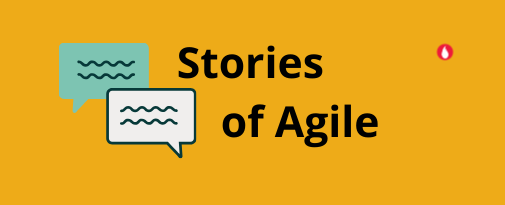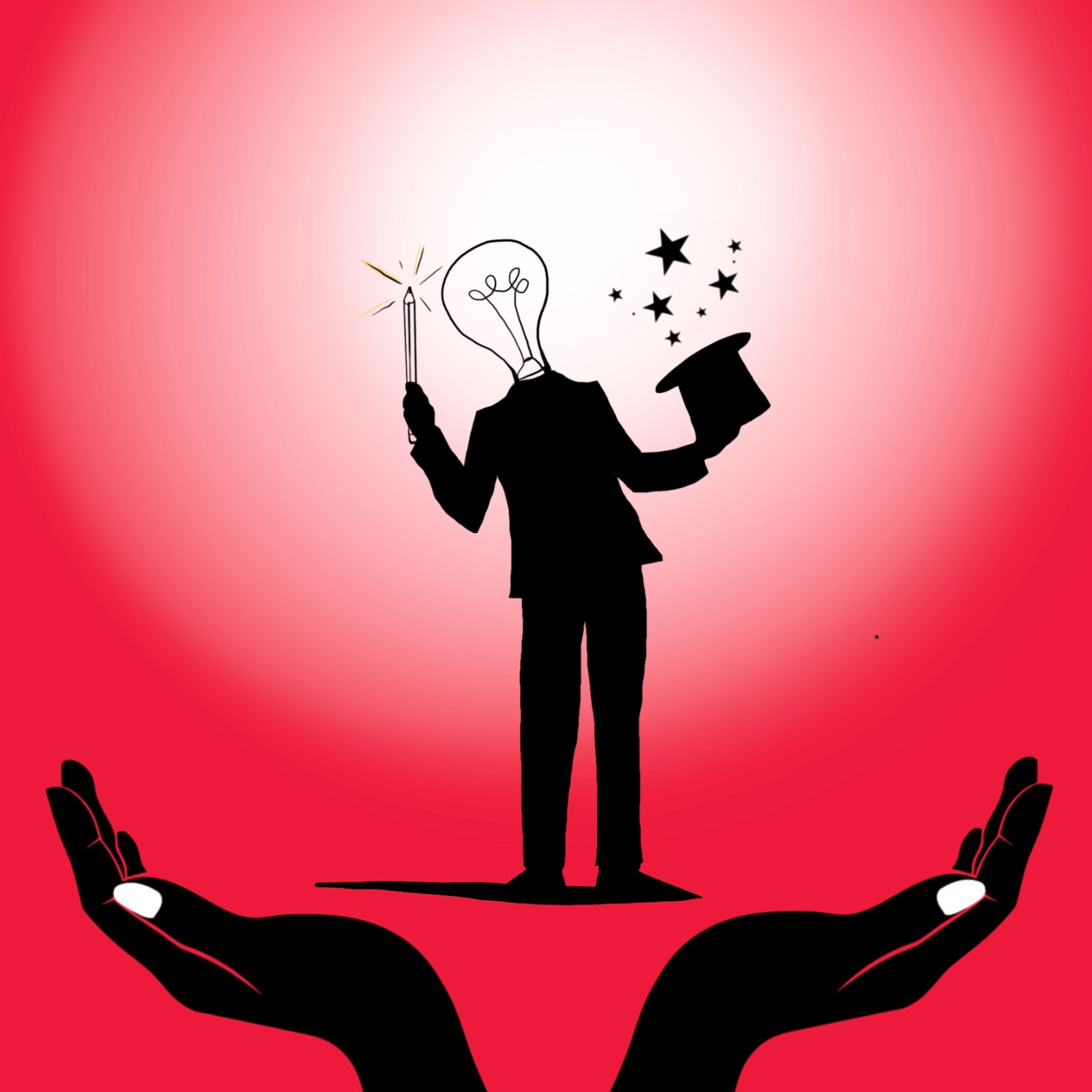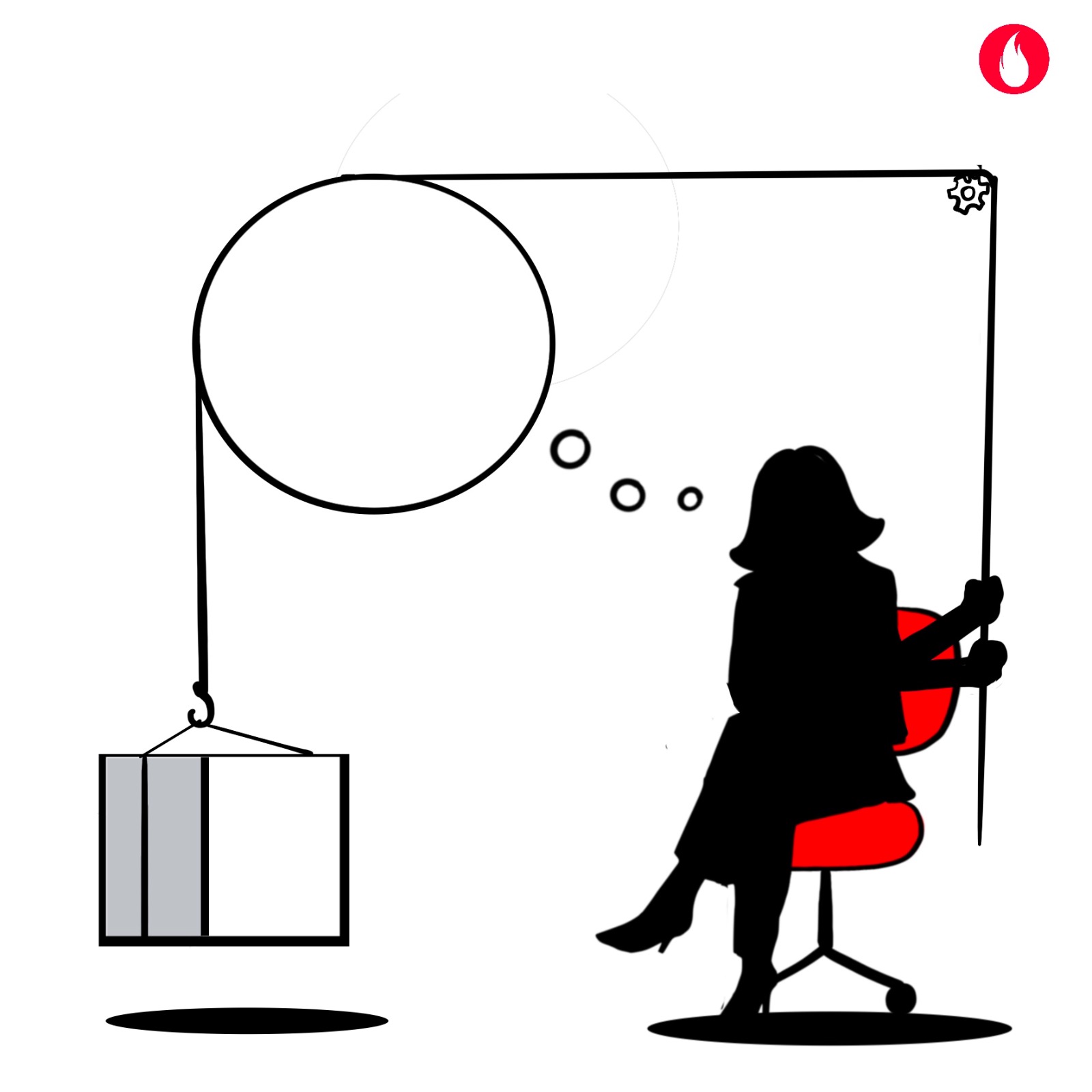Deeper levels of learning is a function of being aware of and testing our assumptions. In the previous edition we explored how experiments was a safe way for us to test our assumptions. Many of you wrote back to us stating that you struggle to pinpoint your assumptions. Assumptions are harder to deal with because many a times they are implied and hence harder to spot. This edition we focus on spotting assumptions during conversations and meetings.
Assumptions
Oxford dictionary defines assumptions as “a thing that is accepted to be true or as certain to happen without any proof“. An assumption is an unexamined belief: what we think without realizing we think it.
Don Miguel Ruiz, in his bestselling book The four agreements: A practical guide to personal freedom calls out ‘Don’t make assumptions’ as one of the four rules towards personal freedom. He goes so far as to agree with this quote:
“Assuming makes an ASS out of U and ME.”
The Four Agreements: A Practical Guide To Personal Freedom
Making Assumptions
In some ways the brain is designed to make assumptions. It searches for patterns, or what cognitive scientists call ‘mental models,’ to make it a more efficient machine. Like taking the bus on auto-pilot mode while your mind thinks about the tasks pending back at home.
But many assumptions are learned behaviour. They come from our culture, our families, and from what we were taught to think as a child. We take on assumptions from our surroundings without being aware of having taken them on.
Spotting Assumptions
The biggest giveaway of our own and other’s assumptions are the words we use. We must pay closer attention to the words we say and hear, to spot underlying assumptions. Let us explore a few typical conversations we hear in business meetings to spot hidden assumption. It was very relatable and fun for me to put this together. If you want to delve deeper, you can take a spotting assumptions quiz here too!. So here are four tips to spot assumptions:
1) Sample is the universe
“Everyone i spoke to said they agreed with X”
There is an assumption lurking here trying to disguise itself as a fact. Note that there is no mention of the sample size, what % of the target audience was it and few other pertinent details.
Pro tip: When confronted with these situations, ask a few clarifying questions to understand more. It will help place things in perspective.
2) Generalisation alert
Another common way assumptions show up are in statements like “All clients are like this”, ” All teenagers are like that”. Generalisations are assumptions at work!
Pro-tip: The minute you hear a generalisation hit the pause button. Help your team back-track a little and get specific about this client/situation.
3) Felled By Comparison
Another common conversation you hear goes something like this “This situation is very similar to what happened few years/months ago. Hence, we should do X or not do Y”. When you make decisions purely on comparison you are invariably making assumptions.
Pro-tip: If the situation feels oddly similar ask for a fresh pair of eyes to look at it. Consider second opinions, or start from listing out what you know for a fact.
4) Leap to conclusions
This one is hardest to spot. That is because the conversation till then would have been robust with sound arguments. But the summary or conclusion will surprise you. For instance, if you were considering two snack options and one snack was rich in fibre. So, you conclude that it was the healthier option. Your brain made the leap from fibre to healthy very quickly, at times not looking closely enough at other details (at the cholesterol or sodium in the snack!!)
Pro-tip: Watch the words used in the conclusion or summary very carefully. You will spot a few assumptions made, if any, when the conclusion is not directly linked to the arguments/reasons discussed.
It is important to think carefully about our assumptions when finding and analysing information. Equally important is to also think carefully about the assumptions of others. Whether you are looking at a website or a scholarly article, you should always consider the author’s assumptions. Are the author’s conclusions based on assumptions that she or he has not thought about logically? This helps in spotting assumptions!

Questions to ask:
Here are a few questions to ask of yourself and your team in the next project meeting to help in spotting assumptions:
- What am I/we taking for granted?
- Am I/we assuming something we should not?
- How can I/we determine whether this assumption is accurate?

Agile Stories:
This experiment is from Starbucks, which has built an enviable culture and practice of experimentation over the years.
Starbucks values the amount of time people spend at their stores. Hence, they introduced free wi-fi in their stores way back in 2010s, to increase the time customers spent at stores. They measured time spent at store post wi-fi introduction and it make sure it had indeed increased. But data showed a point of friction.
While wi-fi increased the amount of time people spent at the stores, the devices running out of charge turned out to be a key reason why people decided to leave. Not everyone wanted to carry or at times forgot the cables, adaptors etc.
The Starbucks team framed a hypothesis. It was: – ‘if the devices were charged more easily, customers would spend even longer at the stores. They decided to launch an experiment to test this hypothesis or a few experiments rather!
First, they observed and mapped the customer journey at the store. They noted typical behaviours, for instance the first thing customers did on entering was place their devices on the table. Second the wall charging points and hunting for them were not always comfortable.
Second, they looked for suitable technology to solve the problem. It turned out to be a charging mat pioneered by Duracell.
Control Group Experiment:
That got the Starbucks team to launch their next experiment through control groups at specific stores. Rich data was generated through these experiments with control groups. The experiments convinced Starbucks that charging mats was convenient and did increase time spent at stores.
However, the control group experiment threw up other things that had to be factored in as well. For e.g., charging mat compatibility with all devices. Some consumers wanted to carry the charging mat to their next meeting too!! All of this meant a cycle of framing more hypothesis and testing each of them to improve customer experience.
Today Starbucks is expanding charging mat coverage across stores. What is more? They are considering offering electric vehicle charging points too. Yes! they are running an experiment for it.

Note : This post is Edition 48 of the Agile OWL from the OWL umbrella. The Agile OWL is a newsletter focused on the human experiences and stories within agile transformations. Sign up to receive the newsletter here




December 26, 2022, 4:29 pm
May 4, 2023, 9:01 pm